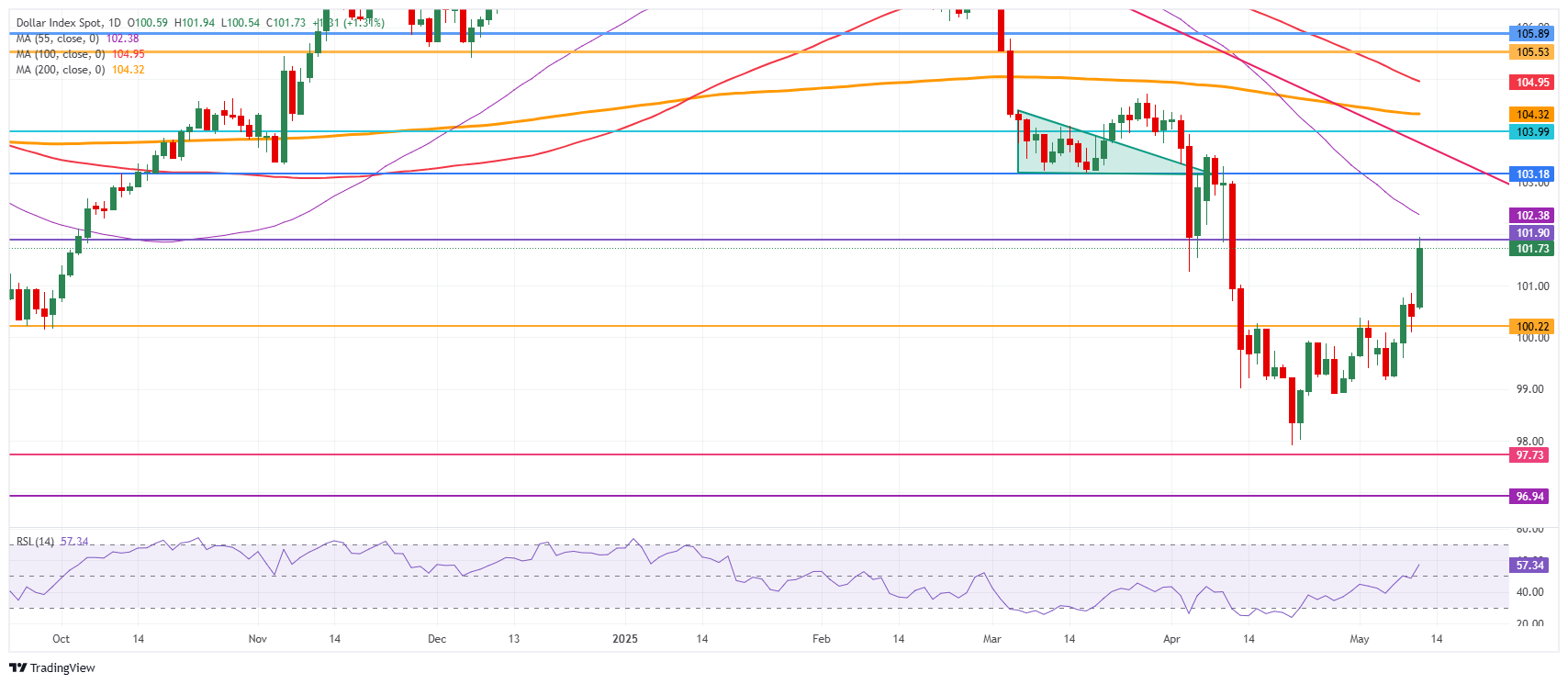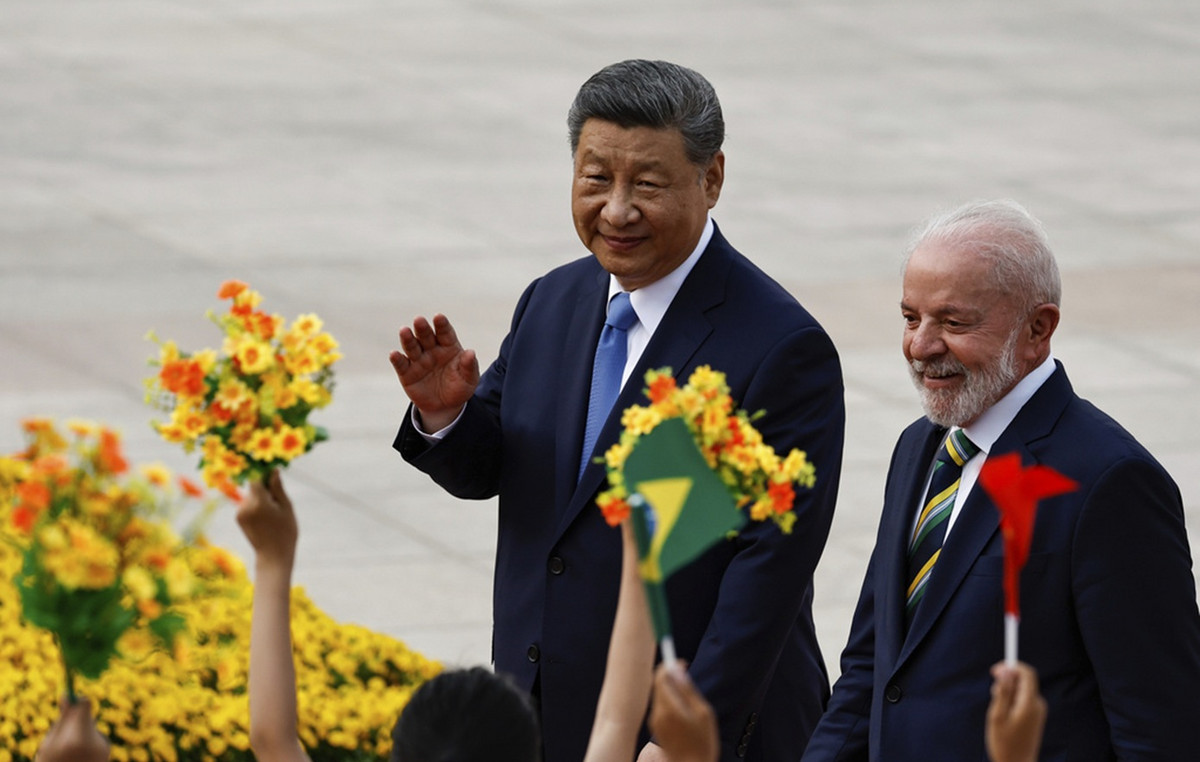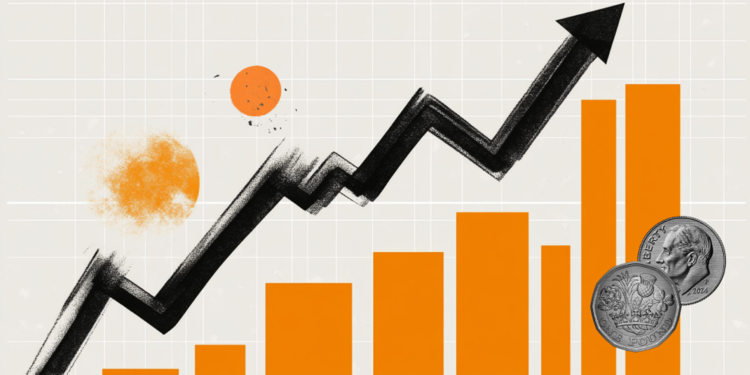- The US dollar rises more than 1% compared to most of its main peers, after the news of an agreement between China and the US.
- Both countries agreed to reduce tariffs for 90 days after two days of conversations in Switzerland.
- The American dollar index jumps to 101.65, benefiting from relief in tensions between the US and China.
He US dollar index (DXY), which tracks the performance of the US dollar (USD) compared to six main currencies, exceeds a recovery of more than 1% on Monday after China and USA (USA) They will agree on a 90 -day break in their commercial war by reducing the tariffs on both sides. After a weekend of discussions, US Treasury Secretary, Scott Besent, announced the de -escalation of the commercial war between the two nations: China will reduce its tariffs on US products to 10% from the original 125%, while the US will do it at 30% (from 145%) on Chinese products, both for 90 days, Bloomberg reports. The news led the US dollar to its highest level in a month.
Several correlations are being activated again after this event, with the 10 -year US treasure reference profitability reaching 4.45%. The rate differential gap between the US and other countries makes the dollar value higher compared to local currencies of countries with lower yields. The impact of this correlation It could be that the feats of rates of the Federal Reserve By 2025 they are completely eliminated.
What moves the market today: accept the blows
- The US Treasury Secretary, Scott Besent, announced during a press conference in Switzerland that the progress in the commercial war between the US and China has led to a 90 -day break and the reduction of reciprocal tariffs for both parties. Besent continued to say that both countries want to descale the situation and mentioned that a purchase agreement by China could be possible, Bloomberg reports.
- At 14:25 GMT, the governor of the Federal Reserve Bank, Adriana Kugler, will pronounce a speech on the economic perspectives in the National Association of Business Economics and the International Economic Symposium of the Central Bank of Ireland, in Dublin, Ireland.
- Around 18:00 GMT, the loan officers (Sloos) survey for the first quarter. The report often reveals more about loan circumstances in the US for homes and small businesses.
- The actions see the US futures excel on all other indices. European shares rise approximately 1.50%, while US futures are seeing profits of between 3%to 4%.
- The CME Fedwatch tool shows that the probability of an interest rate cut by the Federal Reserve at the June meeting is only 7.9%. Later, the July 30 decision is likely that rates are lower than current levels at 44.1%.
- The yields to 10 years of the US are negotiated around 4.45%, rising to levels not seen since the beginning of April, and reducing fees of feat cuts by 2025.
Technical analysis of the dollar index: get out of the way
The bulls are returning to support the index of the US dollar (DXY), and are leaving an impressive brand. The DXY rises more than 1% and approaches that crucial level of 101.90 that could unlock a return to mobile socks. It will depend on whether the start of the US session causes a second wave of purchases of the US dollar.
Upwards, the first resistance of the DXY is located in 101.90, which acted as a crucial level during December 2023 and as a basis for the formation of inverted head and shoulders (H&S) during the summer of 2024. In the event that the dollar bundles push the even higher DXY, the simple mobile average (SMA) of 55 days in 102.37 will enter into play.
On the other hand, the previous resistance in 100.22 now acts as a firm support, although the support in 97.73 could also be tested before any substantial bearish holder. Below, a relatively thin technical support is located at 96.94 before looking at the lowest levels of this new price range. These would be 95.25 and 94.56, which would mean new minimums not seen since 2022.

US dollar index: daily graphics
US dollar FAQS
The US dollar (USD) is the official currency of the United States of America, and the “de facto” currency of a significant number of other countries where it is in circulation along with local tickets. According to data from 2022, it is the most negotiated currency in the world, with more than 88% of all global currency change operations, which is equivalent to an average of 6.6 billion dollars in daily transactions. After World War II, the USD took over the pound sterling as a world reserve currency.
The most important individual factor that influences the value of the US dollar is monetary policy, which is determined by the Federal Reserve (FED). The Fed has two mandates: to achieve price stability (control inflation) and promote full employment. Its main tool to achieve these two objectives is to adjust interest rates. When prices rise too quickly and inflation exceeds the 2% objective set by the Fed, it rises the types, which favors the price of the dollar. When inflation falls below 2% or the unemployment rate is too high, the Fed can lower interest rates, which weighs on the dollar.
In extreme situations, the Federal Reserve can also print more dollars and promulgate quantitative flexibility (QE). The QE is the process by which the Fed substantially increases the flow of credit in a stuck financial system. It is an unconventional policy measure that is used when the credit has been exhausted because banks do not lend each other (for fear of the default of the counterparts). It is the last resort when it is unlikely that a simple decrease in interest rates will achieve the necessary result. It was the weapon chosen by the Fed to combat the contraction of the credit that occurred during the great financial crisis of 2008. It is that the Fed prints more dollars and uses them to buy bonds of the US government, mainly of financial institutions. Which usually leads to a weakening of the US dollar.
The quantitative hardening (QT) is the reverse process for which the Federal Reserve stops buying bonds from financial institutions and does not reinvote the capital of the wallet values that overcome in new purchases. It is usually positive for the US dollar.
Source: Fx Street
I am Joshua Winder, a senior-level journalist and editor at World Stock Market. I specialize in covering news related to the stock market and economic trends. With more than 8 years of experience in this field, I have become an expert in financial reporting.







